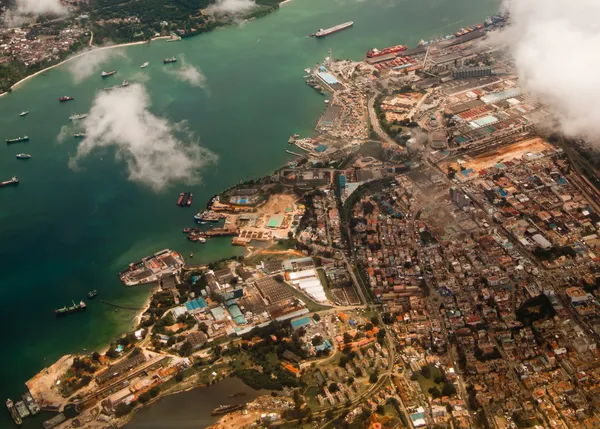Several major road works are among 15 public-private partnership projects in the Philippines tagged by the World Bank as essential for improving transport in Southeast Asia.
The list includes the US$3.4 billion Plaridel Bypass toll road, the $354 million North Luzon Expressway East Expressway, the $171 million Central Luzon Link Expressway-Phase II, as well as the $52.5 million improvement, operation and maintenance of Kennon Road and Marcos Highway.
All of the projects, which include major airport an
January 19, 2015
Read time: 2 mins
Several major road works are among 15 public-private partnership projects in the Philippines tagged by the World Bank as essential for improving transport in Southeast Asia.
The list includes the US$3.4 billion Plaridel Bypass toll road, the $354 million North Luzon Expressway East Expressway, the $171 million Central Luzon Link Expressway-Phase II, as well as the $52.5 million improvement, operation and maintenance of Kennon Road and Marcos Highway.
All of the projects, which include major airport and railway construction and maritime port expansion, will be part of the Association of Southeast Asian Nations (ASEAN) plans to improve the region’s connectivity with the rest of the world.
The World Bank’s Singapore Infrastructure Hub made the announcement, noting that the projects would reduce transportation cost as an incentive to increase the exchange of more goods and services. Faster and better travel could potentially boost local tourism.
The announcement comes after the first ASEAN Public-Private Partnerhip Networking Forum in Manila last month.
ASEAN countries including Cambodia, Myanmar, Laos and Vietnam that are just starting their PPP programmes, have expressed their wish to work with Philippine government’s PPP Centre to learn more about the country’s experience, the PPP Centre said.
To date, eight PPP projects have been awarded and signed by the Philippines government amounting to $2.85 billion and decisions are awaited on more than 50 projects. At least 12 projects are in the procurement stage.
The list includes the US$3.4 billion Plaridel Bypass toll road, the $354 million North Luzon Expressway East Expressway, the $171 million Central Luzon Link Expressway-Phase II, as well as the $52.5 million improvement, operation and maintenance of Kennon Road and Marcos Highway.
All of the projects, which include major airport and railway construction and maritime port expansion, will be part of the Association of Southeast Asian Nations (ASEAN) plans to improve the region’s connectivity with the rest of the world.
The World Bank’s Singapore Infrastructure Hub made the announcement, noting that the projects would reduce transportation cost as an incentive to increase the exchange of more goods and services. Faster and better travel could potentially boost local tourism.
The announcement comes after the first ASEAN Public-Private Partnerhip Networking Forum in Manila last month.
ASEAN countries including Cambodia, Myanmar, Laos and Vietnam that are just starting their PPP programmes, have expressed their wish to work with Philippine government’s PPP Centre to learn more about the country’s experience, the PPP Centre said.
To date, eight PPP projects have been awarded and signed by the Philippines government amounting to $2.85 billion and decisions are awaited on more than 50 projects. At least 12 projects are in the procurement stage.








